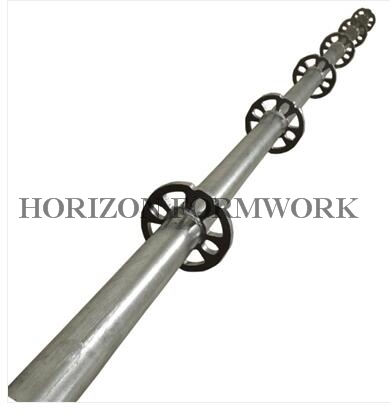Aug . 17, 2024 03:37 Back to list
Formwork Solutions for Slabs, Beams, and Columns in Construction Industry
Formwork Solutions for Slab, Beam, and Column Construction in China
The construction industry in China has witnessed rapid growth over the past few decades, becoming one of the largest markets for construction materials and technologies. Among the vital components in this field is the formwork system, a temporary structure used to mold concrete into the desired shape for slabs, beams, and columns. This article explores the different types of formwork solutions available in China, their benefits, and the innovations driving this sector.
Diverse Types of Formwork
In China, various types of formwork systems are employed, each suited for particular construction needs. The most common types include traditional timber formwork, steel formwork, aluminum formwork, and modular formwork systems.
1. Timber Formwork This is one of the oldest methods, using wooden planks to create molds. While it is affordable and easy to work with, the use of timber has decreased due to issues of durability and sustainability.
2. Steel Formwork Known for its strength and reusability, steel formwork is ideal for large-scale projects. It can support heavy loads and withstand harsh construction conditions. Steel formwork can also be tailored to fit specific design requirements.
3. Aluminum Formwork This modern solution offers a lightweight alternative to steel. Aluminum formwork systems enable quick installations and removals, thereby speeding up the construction process. They are particularly popular for residential buildings and high-rise structures in urban areas.
4. Modular Formwork This innovative approach consists of pre-engineered units that can be assembled quickly on-site. Modular systems are flexible and can be adapted to different shapes and sizes, making them suitable for complex architectural designs.
Benefits of Using Formwork Systems
china formwork for slab beam and column

The use of advanced formwork systems in construction provides multiple benefits. Firstly, they enhance the efficiency of the construction process, allowing for faster project completions. This is especially crucial in bustling urban environments, where time is money.
Secondly, modern formwork solutions improve the quality and consistency of concrete finishes. They provide better surface quality and minimize the need for additional finishing work, leading to cost savings in the long run.
Moreover, these systems promote safety on construction sites. Well-designed formwork can reduce the risk of accidents related to unsupported loads and falling materials.
Innovations in Formwork Technology
China’s construction industry is at the forefront of adopting innovative technologies that enhance formwork systems. The integration of Building Information Modeling (BIM) into the design and planning of formwork has transformed traditional methods. BIM allows for precise modeling of structures, minimizing errors and optimizing material usage.
Additionally, companies are increasingly focusing on sustainability. Eco-friendly formwork materials, such as recycled plastics and fast-erecting systems that reduce waste, are becoming more prevalent. These sustainable practices not only benefit the environment but also align with global trends towards green building.
Conclusion
The formwork for slabs, beams, and columns is an integral part of construction practices in China. With a wide range of options available, from traditional timber to modern modular systems, builders can choose solutions that best fit their project requirements. As the industry continues to evolve, innovations in technology and sustainability will further enhance the effectiveness and efficiency of formwork systems, positioning China as a leader in the global construction landscape.
-
High-Quality U Head Jack Scaffolding – Reliable Scaffolding Jack Head Manufacturer & Factory
NewsJul.08,2025
-
High-Quality I Beam H20 Leading Timber Beam H20 Material Factory, Exporters & Manufacturers
NewsJul.08,2025
-
High-Quality Powder Coating Steel Formwork - Durable & Corrosion Resistant Solutions
NewsJul.07,2025
-
Inclined Column Formwork Supplier – Durable & Precise Solutions for Unique Structures
NewsJul.07,2025
-
High-Quality Water Stop Solutions Trusted Water Stop Company & Suppliers
NewsJul.07,2025
-
High-Quality Formwork Material Supplier Reliable Manufacturer & Factory Solutions
NewsJul.06,2025